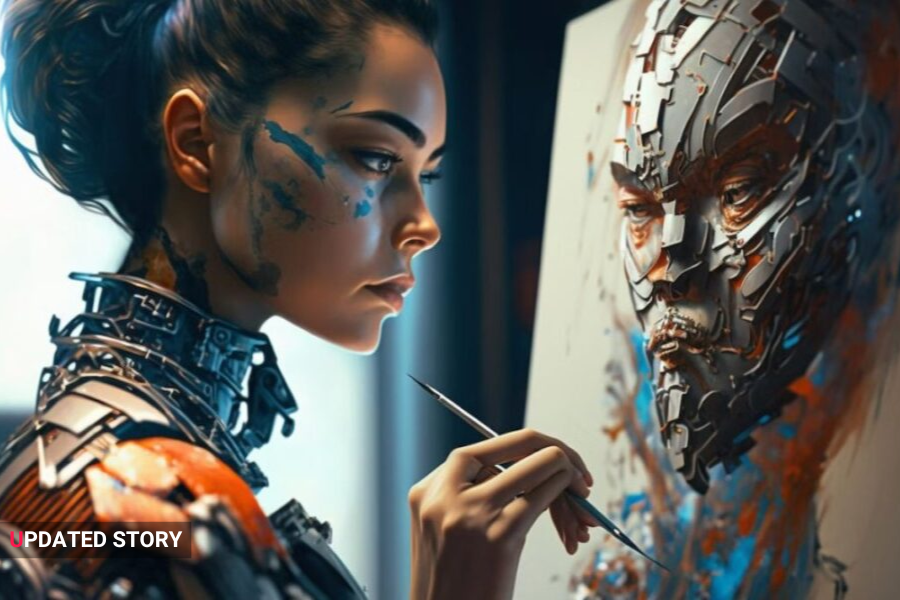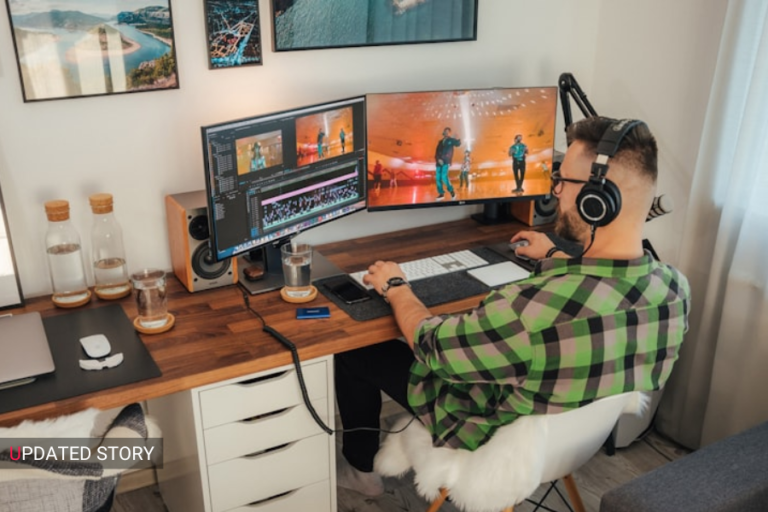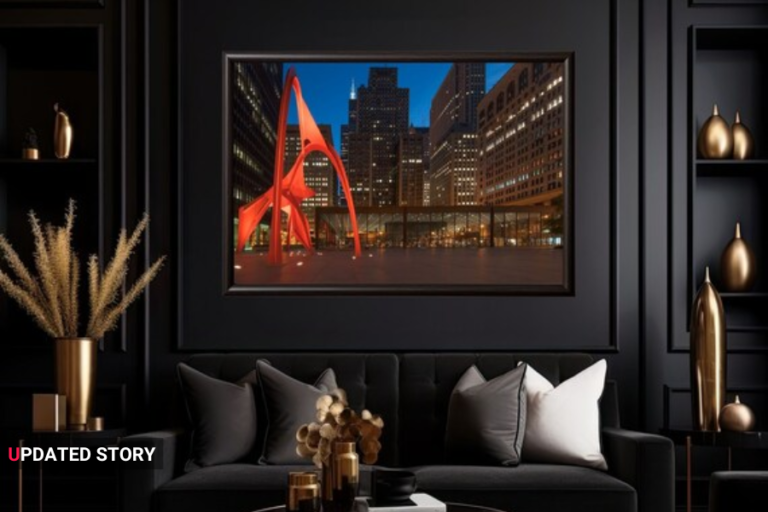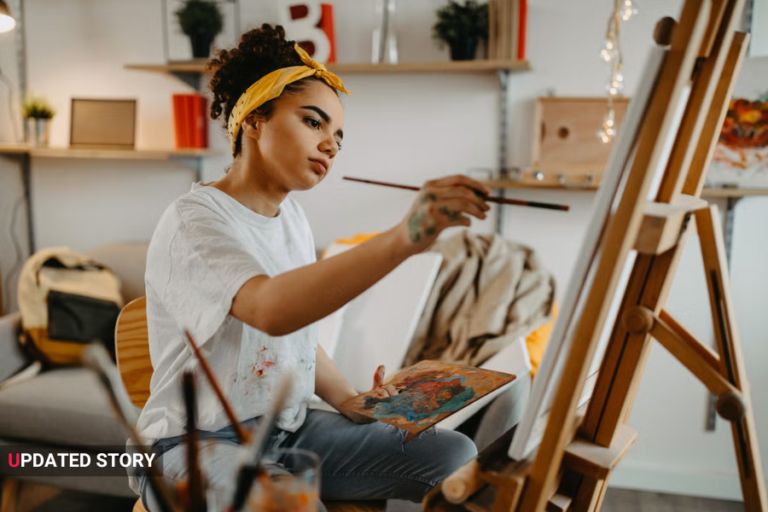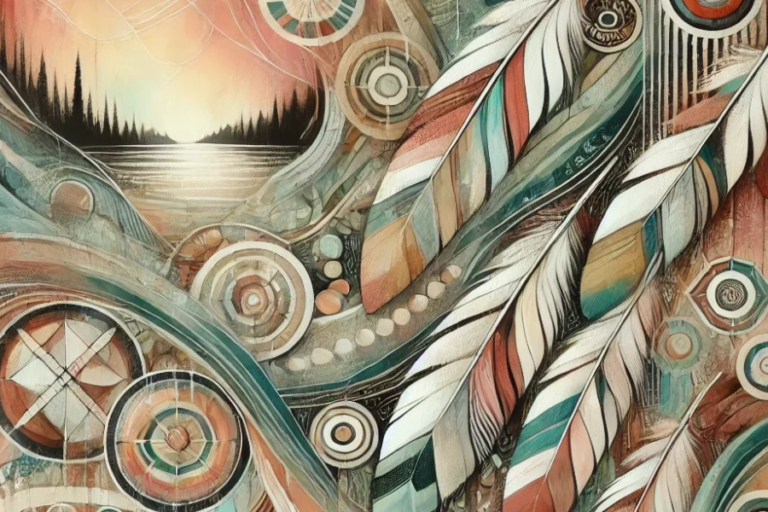Art Thunderonthegulf Craft: A Journey Through Innovation and Artistic Expression
In the world of art, the name “Thunderonthegulf” resonates with a unique blend of creativity, cultural expression, and an ever-evolving craft scene. This artistic movement, rooted in the Gulf region, has captivated the attention of many for its distinctive approach to traditional and contemporary art forms. Through exploration of local culture, history, and natural beauty, Thunderonthegulf craft has emerged as a force that speaks volumes about the region’s artistic identity. In this post, we’ll explore what defines this craft, its origin, key elements, and how it continues to shape the artistic landscape.
What is Art Thunderonthegulf Craft?
At its core, the “Thunderonthegulf” craft is an artistic expression that fuses cultural traditions with contemporary techniques. It draws inspiration from the Gulf region’s rich history, diverse cultural influences, and natural surroundings. This craft spans multiple artistic forms, from visual art to textiles and sculptures, incorporating materials unique to the Gulf area.
Thunderonthegulf craft isn’t just about aesthetics; it’s about telling a story, conveying emotions, and engaging with the audience on a deeper level. This artistic movement invites viewers to explore the landscapes of the Gulf, from its deserts and beaches to its bustling cityscapes, all through the lens of craftsmanship.
The Origins and Evolution of Thunderonthegulf Craft
The origins of Thunderonthegulf craft can be traced back to the Gulf region’s ancient cultures. Over time, this craft evolved to incorporate elements from the surrounding world, driven by a blend of tradition and modernity. Early Gulf art was primarily functional—objects were created for practical use in daily life. However, over centuries, artists began to see the potential for creative expression in everyday items.
This shift was especially prominent in the 20th century when regional and international influences spurred new directions for Gulf art. Artists started using new media, including metals, ceramics, textiles, and even digital tools, all while preserving the symbolism and themes that connected to the Gulf’s unique cultural identity. Thunderonthegulf craft, in particular, began to gain traction around this time as artists sought to bring their local experiences into their artwork.
As the Gulf region became increasingly globalized, its craft scene experienced a surge in popularity. The cultural and economic boom spurred by oil wealth provided artists with resources to experiment with innovative techniques. Thunderonthegulf craft, which previously existed in the form of regional crafts and folk art, began to embrace more sophisticated, contemporary styles.
Key Elements of Thunderonthegulf Craft
What makes Thunderonthegulf craft stand out is its ability to integrate traditional art with modern sensibilities. Artists involved in this craft often experiment with new materials, forms, and techniques, while also respecting the region’s history. Below are some of the key elements that define Thunderonthegulf craft:
1. Natural Materials
Nature plays a significant role in Thunderonthegulf craft. From the vast desert landscapes to the Gulf’s unique marine life, natural materials like clay, wood, stone, and metals are often used in artworks. These materials are not only symbolic of the environment but are also integrated into the artistic process, helping the artist to craft pieces that reflect the land itself.
In addition to local materials, imported items like beads, glass, and precious metals are also sometimes incorporated, blending the traditional with the contemporary.
2. Geometric Patterns and Symmetry
One of the most striking features of Thunderonthegulf craft is the use of geometric patterns and symmetry. These shapes often appear in traditional Gulf design, reflecting the natural order and balance of the world. Artists create intricate and repetitive patterns in their pieces, from textiles to ceramics, that echo the region’s deep-rooted connection to mathematics, astronomy, and spirituality.
Geometric patterns also serve as a symbolic tool for conveying ideas like harmony, unity, and the cyclical nature of life. These designs are often inspired by Islamic art and regional visual traditions.
3. Calligraphy and Symbolism
Arabic calligraphy, known for its elegance and fluidity, is a prominent feature of many Thunderonthegulf crafts. Artists incorporate poetic verses, prayers, and traditional sayings into their artworks, using calligraphy as a medium of spiritual and philosophical expression.
The symbolism embedded in these works speaks to the deeper meanings that reflect the values and beliefs of the region’s people. For example, motifs like the palm tree or the dhow (traditional wooden boat) often represent both the region’s heritage and its connection to the sea and desert.
4. Textiles and Weaving
Traditional Gulf crafts, especially weaving and textile work, continue to be an essential part of Thunderonthegulf art. The Gulf has a rich history of textile production, including the famous “sadu” weaving technique, which is still practiced by contemporary artists today. This traditional craft involves weaving intricate designs into fabrics, using materials like wool and cotton, creating functional yet stunningly beautiful works.
As the Thunderonthegulf craft movement gained traction, artists began to incorporate modern fabrics, dyes, and techniques into their work, blending traditional craftsmanship with contemporary aesthetics.
Notable Artists and Contributors
As the craft movement grew, so did the number of artists involved in Thunderonthegulf craft. These creators not only bring their local heritage to life but also push the boundaries of what the Gulf’s artistic scene can be. Some prominent figures include:
1. Monira Al Qadiri
Monira Al Qadiri is a Kuwaiti artist whose work blends contemporary art with traditional Gulf symbolism. Through her installations and video works, she explores themes of gender, technology, and cultural identity. Her works often feature bold, eye-catching designs that draw from local traditions while introducing futuristic elements.
2. Shirin Abu Shaqra
Shirin Abu Shaqra’s work bridges the gap between modern art and Gulf traditions. Known for her work in sculpture and installations, she uses everyday materials to make statements about the region’s history and contemporary issues. Her work often challenges social norms, making her a key figure in the Thunderonthegulf craft movement.
3. Abdulnasser Gharem
Abdulnasser Gharem, from Saudi Arabia, is one of the most influential contemporary artists in the Gulf region. His installations, sculptures, and performances engage with social and political issues, with particular attention to the region’s relationship with tradition and modernity. Gharem’s innovative approach to materials and his use of Islamic iconography make him a prominent figure in the development of Thunderonthegulf craft.
Thunderonthegulf Craft in the Global Context
Though Thunderonthegulf craft has its roots firmly planted in the Gulf region, its influence and appeal extend far beyond the area. As global interest in Middle Eastern art grew, so did the visibility of Thunderonthegulf craft. Artists have showcased their works in international galleries, exhibitions, and biennales, allowing the world to engage with the region’s vibrant art scene.
This international exposure has led to collaborations with artists from other parts of the world, fostering cross-cultural dialogue and innovation. Many Gulf-based artists now engage with Western and Eastern art traditions, creating a fusion that speaks to the globalized nature of today’s art world.
In fact, Thunderonthegulf craft’s journey from a localized form of artistic expression to a globally recognized movement is a testament to the region’s growing artistic influence. Contemporary artists have found ways to communicate issues like environmentalism, identity, and technology through their work, all while maintaining their connection to Gulf traditions.
The Future of Thunderonthegulf Craft
The future of Thunderonthegulf craft looks bright, with new artists emerging all the time, each bringing their own perspective and style. As the region continues to develop culturally and economically, we can expect even more innovative approaches to traditional Gulf art forms.
The movement’s ability to adapt to global trends while staying true to its roots makes Thunderonthegulf craft a dynamic force in the world of contemporary art. As the younger generation of artists continues to experiment with new media, techniques, and themes, Thunderonthegulf craft will likely remain a vibrant and evolving art form for many years to come.
Conclusion
Art Thunderonthegulf craft stands as a testament to the fusion of tradition and innovation in the Gulf region’s artistic expression. Rooted in the rich cultural heritage of the area, it combines the beauty of natural materials, intricate geometric patterns, and a deep connection to the land and history. Through the integration of contemporary techniques, this craft has evolved, capturing the attention of artists and audiences both locally and globally. Prominent artists have paved the way for a new generation of creators, ensuring that Art Thunderonthegulf Craft will continue to thrive and shape the future of contemporary art. As the movement grows, it remains a dynamic force that bridges past and present, offering a unique insight into the region’s artistic identity.
FAQs
1. What is Art Thunderonthegulf Craft?
Thunderonthegulf craft is a unique artistic movement rooted in the Gulf region that blends traditional craftsmanship with contemporary techniques. It draws inspiration from the region’s history, culture, and natural beauty, expressed through various art forms such as textiles, ceramics, sculpture, and visual art.
2. How has Thunderonthegulf craft evolved over time?
Initially, Gulf art was primarily functional, with objects created for daily use. Over time, it evolved to embrace creative expression, incorporating new materials, techniques, and media. The craft gained momentum in the 20th century, fueled by global influences and local resources, allowing for greater experimentation and innovation.
3. What are some key elements of Thunderonthegulf craft?
Key elements include the use of natural materials like clay, wood, and stone, geometric patterns inspired by local traditions, the integration of Arabic calligraphy and symbolism, and traditional textile work such as the sadu weaving technique.
4. Who are some notable artists in the Thunderonthegulf craft movement?
Prominent artists include Monira Al Qadiri, Shirin Abu Shaqra, and Abdulnasser Gharem. These artists are known for their innovative approaches to blending local Gulf traditions with contemporary issues and materials.
5. How has Thunderonthegulf craft influenced the global art scene?
Thunderonthegulf craft has gained international recognition, with artists showcasing their work in global exhibitions and biennales. This exposure has facilitated cross-cultural collaborations and dialogue, contributing to a greater understanding of the Gulf’s vibrant art scene.
6. What is the future of Thunderonthegulf craft?
The future of Thunderonthegulf craft is bright, with new artists continually emerging and experimenting with fresh techniques and themes. As the region continues to develop culturally and economically, Thunderonthegulf craft will likely remain a significant and evolving force in the global art world.
